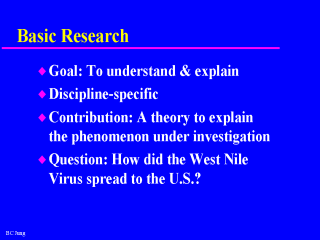| front |1 |2 |3 |4 |5 |6 |7 |8 |9 |10 |11 |12 |13 |14 |15 |16 |17 |18 |19 |20 |21 |22 |23 |24 |25 |26 |27 |28 |29 |30 |review |
 |
Just when we
thought we conquered infectious diseases, as smallpox is close to extinction, we are
challenged with a virus with a geographic-specific name which refuses to be defined this
way. During the past 2 years, the northeastern states of the U.S. have become home to the
West Nile Virus (WNV). During the last months of 2000, New Englanders have come to accept
the fact that itís probably here to stay, at least until we learn more about its habits,
etc , while the U.S.Ďs southern states are bracing for the migration of crows, which are
WNV victims . State surveillance programs have been set up, and in Connecticut, citizens are learning that this virus can be transmitted by bird-biting mosquitoes and human-biting mosquitoes. Efforts to contain the spread of the virus with mosquito spraying have met with mixed results in that some towns donít want spraying. For sure we are learning more and more about this virus as well as the human response to the problem. Carried by mosquitoes, we can assume they didnít fly from Africa to the U.S. here on their own. Trying to come up with explanations for the spread of this virus is a good research question for epidemiologists to answer conducting basic research. Whatever we learn about its transmission can be useful in understanding how other mosquito-borne viruses are spread. A theory could be developed, and future research, possibly into other mosquito-borne diseases, can test the theory. |